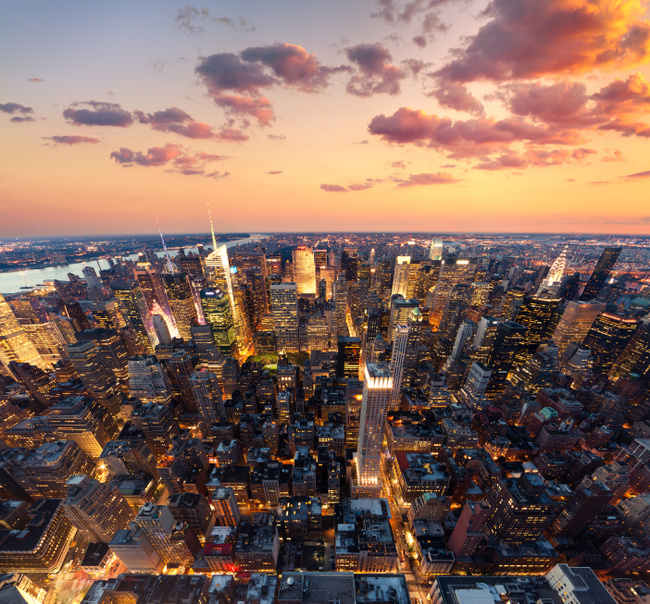The number of people living in urban areas is increasing at a rapid pace. Currently, about 54 percent of the world’s population live in cities and use about two-thirds of the world’s energy and the majority of other resources. By 2025, 34 cities worldwide will have a population of greater than 10 million people, and according to the United Nations, about 6.3 billion people, or 66 percent of the world’s population, will have moved into a city by 2050. The increased urbanization comes with a set of challenges that affect not only the current residents, but also future ones and the planning needs to address how cities can grow to accommodate them, in a sustainable and cost-effective manner. The demand for resources handled by the municipality will reach extreme heights; the demand for water alone is estimated to reach by 2025 80 billion additional metric tons and this is not the only reason of concern: reliable power and energy, air quality, traffic flows – all will impact quality of life. With these in mind, more and more metro areas are getting smarter by using technology. According to a study by IHS Technology, by 2015 the world will have at least 88 smart cities, out of which 25 will be in the United States. The report “Smart Cities: Business Models, Technologies and Existing Projects” defines the ‘smart cities’ as those that have “deployed – or are piloting – the integration of information, communications, and technology (ICT) solutions across three or more functional areas of the city.” Applications include mobile and transport, energy and sustainability, physical infrastructure, governance, and safety and security. Europe and Asia lead the way in implementation of smart cities, however, the U.S. is making efforts to bring smarter and more efficient city infrastructures...
Smart Cities
Getting smarter every day
Technology firms such as IBM, Microsoft, and Cisco have created software that transforms inanimate infrastructure into seemingly animated characters. Pipes identify their own leaks. Streets alert police of accidents and traffic jams. Buildings submit maintenance requests. The innovations offer endless possibilities. Fears of a high-tech dystopia, however, overshadow their efforts. Technology leaders must overcome public fears before their technologies can be adopted on a large scale. The Dawn of Smart Cities IBM has risen as a leader in smart city technology. The company hosts more than 2,500 smarter cities around the world. The goal of these experimental sites is to promote sustainable economic growth by providing the data leaders need to take proactive measures against mounting problems and make the most efficient use of resources. In an economic environment where revenues are tight in many countries, smarter cities could not have come at a better time. Many of the decisions made by leaders in smart cities are driven by collected data. Data sources include cameras, sensors and meters in public spaces as well as resident feedback–voluntary and involuntary–via apps and programs. The technology is already at work in creative ways. In New York, a collaboration between Center for an Urban Future and NYU’s School of Public Service allows the local hospital to decrease emergency room expenses. A “hotspotting” program identifies emergency room regulars, often locals suffering from chronic ailments and substance abuse. Based on the data compiled, outreach teams are dispatched to provide preventative assistance to at risk populations at homeless shelters and the streets. Emergency room costs are expected to decrease significantly. In Chicago, data for performance metrics, energy usage, crime, public health, transit, and more are accumulated and stored in an open-access website. To date, the city has 851 open data sets...


